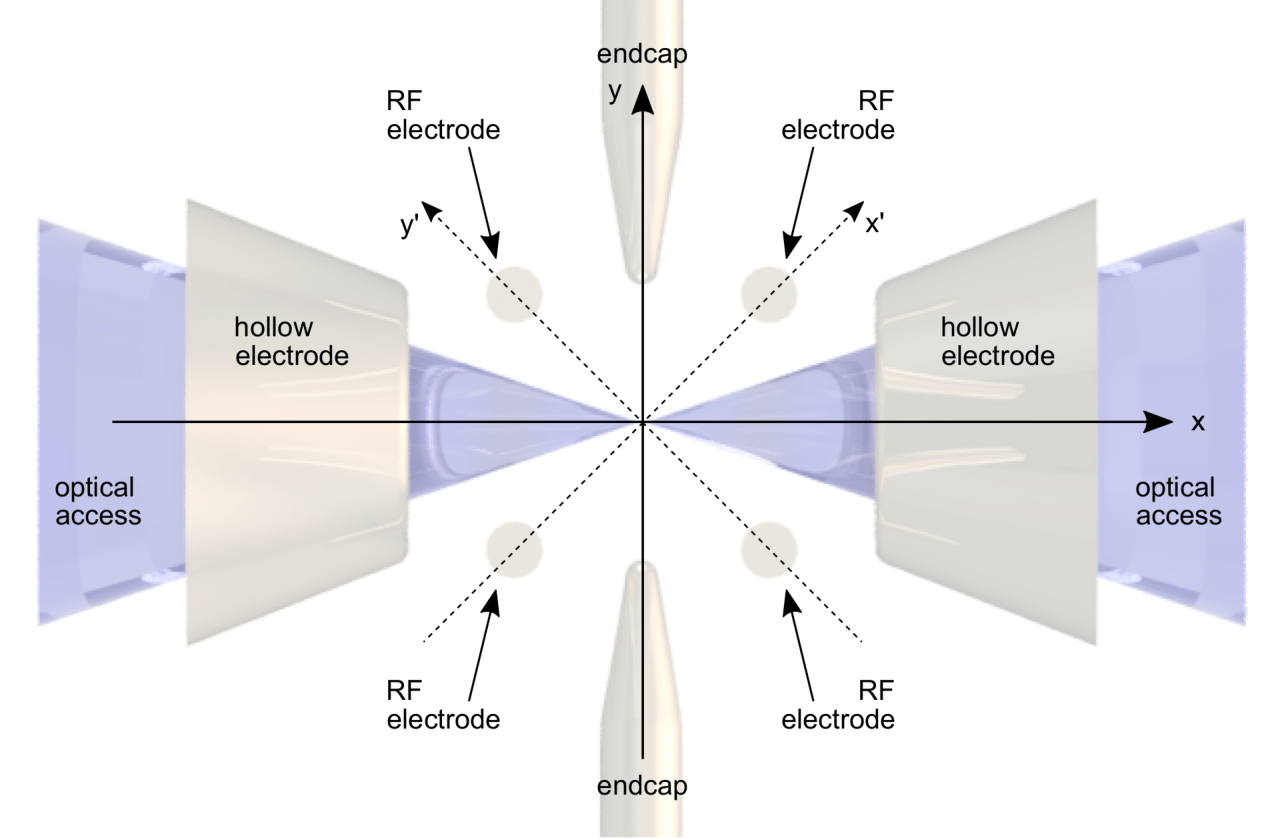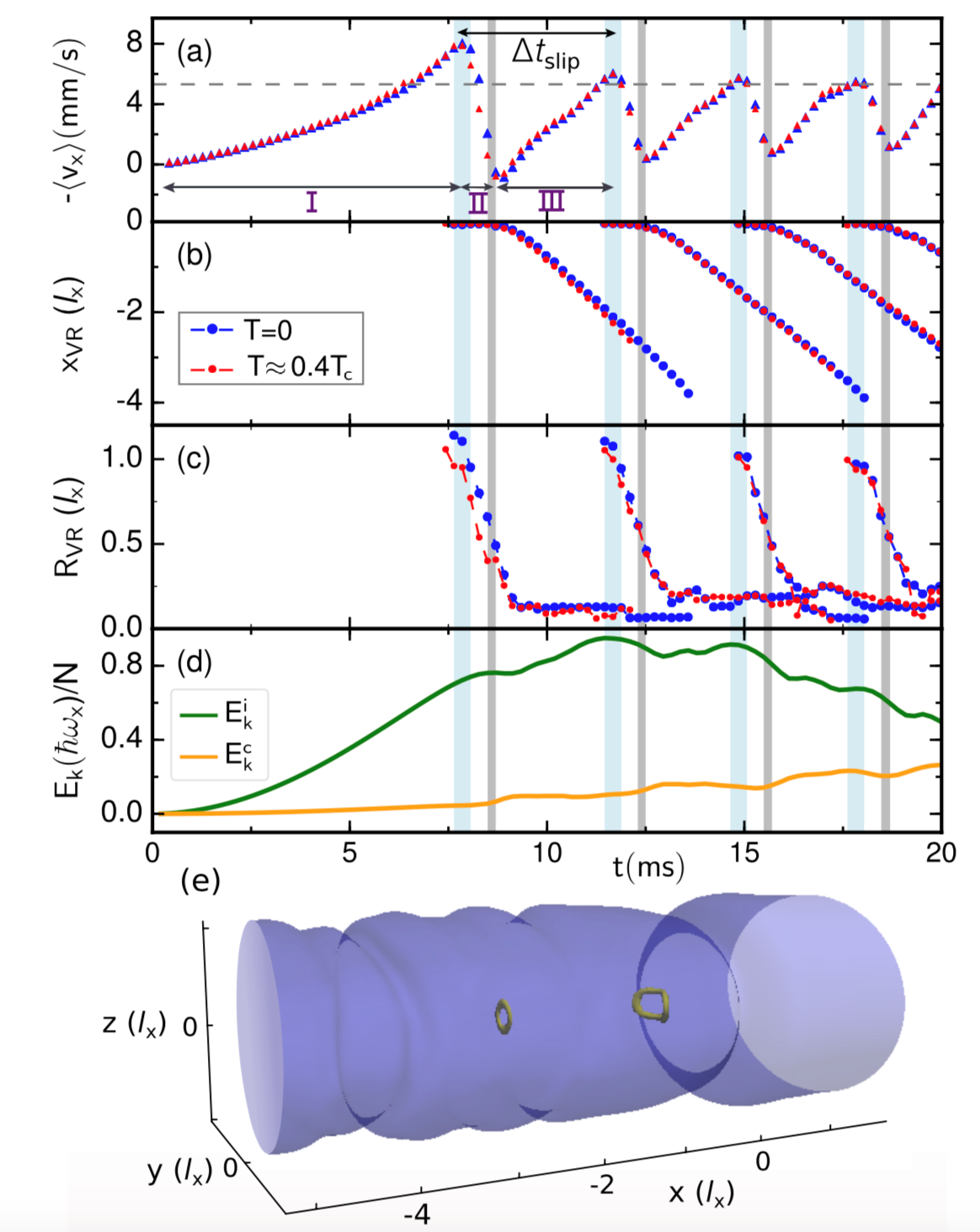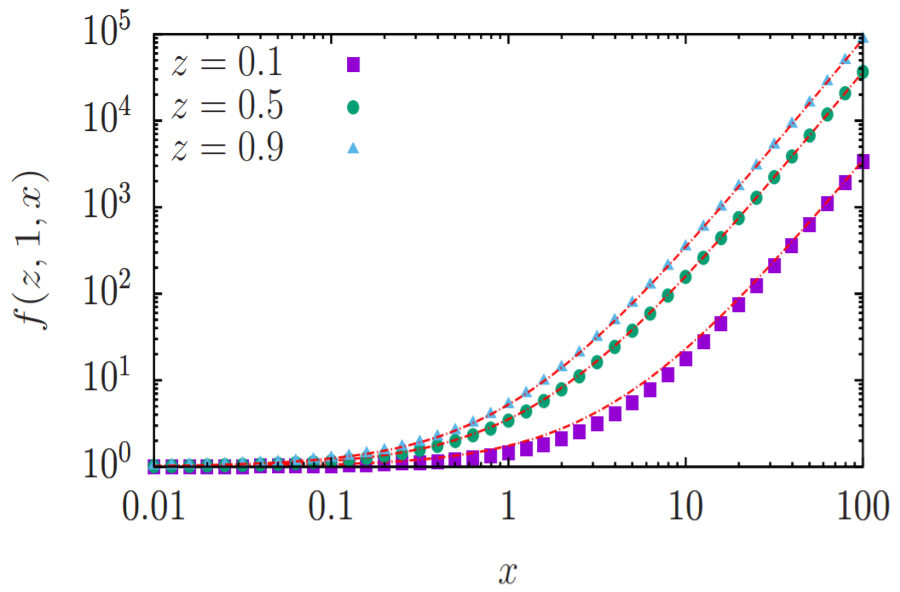 |
One of the main limitations in state-of-the-art atom-ion experiments is represented by the micromotion component of the ions’ dynamics in a Paul trap that prevents atom-ion mixtures from undergoing a coherent evolution. Overcoming this problem requires a completely new approach to ion trapping. Our solution is a novel micromotion-free electro-optical trap based on the combination of an optical and a static electrostatic field. In this paper, we describe the geometry and the assembly of an electro-optical trap explicitly designed for experiments with atom-ion mixtures, in our case a mixture of Barium ions and Lithium atoms. We also report the results of the numerical simulations performed on the electric and thermal behavior of the trap, providing fundamental information for establishing the trapping potential and the stability region. E. Perego, et al. |
LAST NEWS
 |
We have projected micron-scale light potentials onto quasi-2D degenerate Fermi gases of lithium-6. A single atomic layer is created by vertically compressing a 3D atomic cloud into a highly anisotropic blue-detuned TEM01-mode optical trap, with very weak in-layer confinement. A digital micromirror device (DMD) is then used here to mold the skyline of Florence in a unitary Fermi gas. The sample is imaged with micron resolution by the same high-resolution objective used for focusing the sculpted light potential. These new capabilities enable exciting investigations of fermionic quantum transport and out-of-equilibrium dynamics in a large variety of paradigmatic scenarios. |
 |
We theoretically investigate the onset of dissipation in the Josephson dynamics between two atomic Fermi superfluids. We demonstrate that resistive currents are directly connected with nucleations of vortex rings and their propagation into the superfluid bulk. We compare the simulations with our recent experimental results, finding excellent agreement. This work has been carried out in collaboration with the theory group of the University of Newcastle, led by Prof. Proukakis and it will be valuable for advancing our comprehension of the complex superfluid transport in emerging atomtronic devices. K. Xhani et al. |
 |
Despite its seeming simplicity, a Fermi gas of ultracold atoms with strong repulsive interactions exhibits a complex behavior, resulting from the competing action of two distinct instabilities — ferromagnetism and pairing. The breakdown of the repulsive Fermi liquid state, arising from such concurrent mechanisms, has been recently observed in real time through pump-probe spectroscopic techniques [A. Amico et al., Phys. Rev. Lett. 121, 253602 (2018)], leading also to the discovery of an emergent metastable microemulsion state of anticorrelated fermions and pairs. Here, we investigate the properties of such correlated many-body regime by preparing a strongly repulsive Fermi gas, and studying the evolution of kinetic and release energies, of the spectral response and coherence of the unpaired fermionic population, and of its spin-density noise correlations. All our observations consistently point to a low-temperature heterogeneous phase, where paired and unpaired fermions macroscopically coexist while exhibiting microscale inhomogeneity. Our findings open the exploration of quantum emulsions and possibly of inhomogeneous superfluid regimes. F. Scazza et al. |
 |
We show that the Lee-Huang-Yang (LHY) energy functional for a heteronuclear Bose mixture can be accurately approximated by an expression that has the same functional form as in the homonuclear case. It is characterized by two exponents, which can be treated as fitting parameters. We demonstrate that the values of these parameters which preserve the invariance under permutation of the two atomic species are exactly those of the homonuclear case. Deviations from the actual expression of LHY energy functional are discussed quantitatively. F. Minardi et al. |
